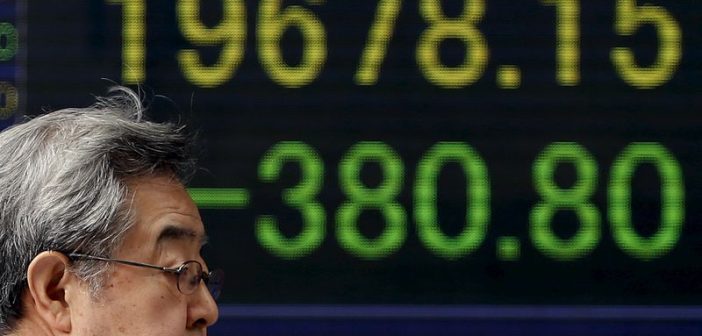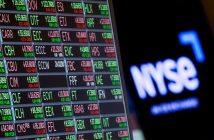On April 22, 2025, Asian stock markets exhibited cautious behavior following a significant downturn on Wall Street. This decline was primarily attributed to escalating tensions between U.S. President Donald Trump and Federal Reserve Chair Jerome Powell, coupled with ongoing trade uncertainties.
In the United States, major indices experienced notable losses: the S&P 500 fell by 2.4%, the Dow Jones Industrial Average dropped 971 points (2.5%), and the Nasdaq Composite decreased by 2.6%. These declines were influenced by President Trump’s public criticism of the Federal Reserve’s monetary policies, raising concerns about the central bank’s independence. Additionally, apprehensions regarding potential new tariffs further unsettled investors.
Despite the turbulence in U.S. markets, Asian stocks showed mixed responses. Japan’s Nikkei 225 and South Korea’s Kospi each declined by 0.2%, while Australia’s ASX 200 remained nearly flat. Conversely, Hong Kong’s Hang Seng Index rose by 0.6%, and China’s Shanghai Composite Index added 0.4%. This divergence suggests a degree of resilience in certain Asian markets amid global financial uncertainties.
The weakening of the U.S. dollar, which reached a three-year low, prompted investors to seek alternative safe-haven assets. Gold prices surged to record highs, exceeding $3,485 per ounce, reflecting heightened demand for stability amid market volatility.
Looking ahead, market participants are closely monitoring upcoming corporate earnings reports from major firms such as Tesla and Alphabet. These results are anticipated to provide further insights into the health of the global economy and potential market trajectories.




